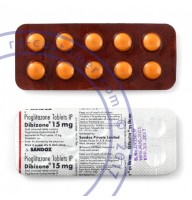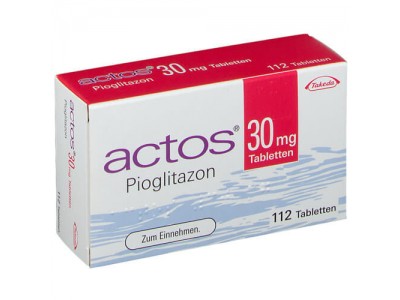Managing stomach pain from pioglitazone involves several strategies that can help alleviate discomfort while continuing the medication. First, ensure that you are taking pioglitazone with food, as this can reduce stomach irritation. Consuming smaller, more frequent meals instead of larger ones can also help ease digestive discomfort.
Staying well-hydrated is important, so drink plenty of water throughout the day. Avoiding foods and beverages that are known to cause stomach upset, such as spicy, acidic, or fatty foods, can also be beneficial. Incorporating bland, easy-to-digest foods like bananas, rice, applesauce, and toast into your diet may help soothe your stomach.
Over-the-counter antacids or medications specifically designed to reduce stomach acid may provide relief. However, it is crucial to consult with your healthcare provider before starting any new medication to ensure it is safe and will not interact with your current treatment.
Practicing stress-relief techniques, such as deep breathing exercises, meditation, or yoga, can also help, as stress can exacerbate stomach pain. Engaging in regular, gentle physical activity like walking can aid digestion and reduce gastrointestinal discomfort.
If stomach pain persists or becomes severe, it is essential to contact your healthcare provider. They may need to adjust your dosage, switch you to a different medication, or investigate other potential causes of your symptoms. Your doctor might also recommend additional tests or refer you to a specialist to ensure that the stomach pain is not related to other underlying conditions. Always follow your healthcare provider's advice and keep them informed about any side effects you experience while taking pioglitazone.

